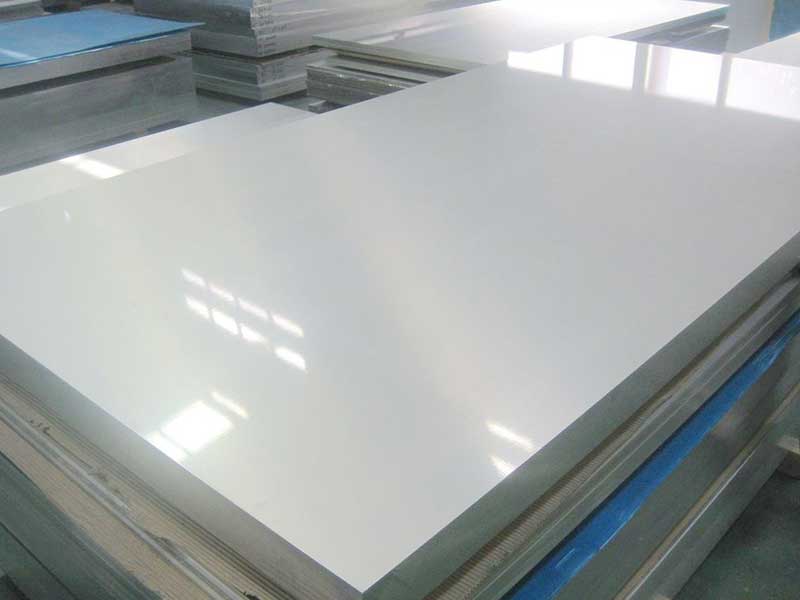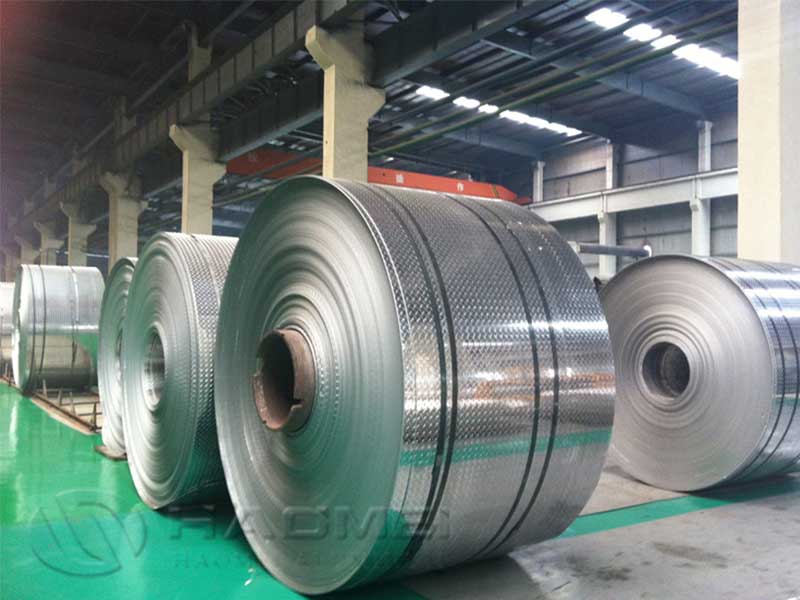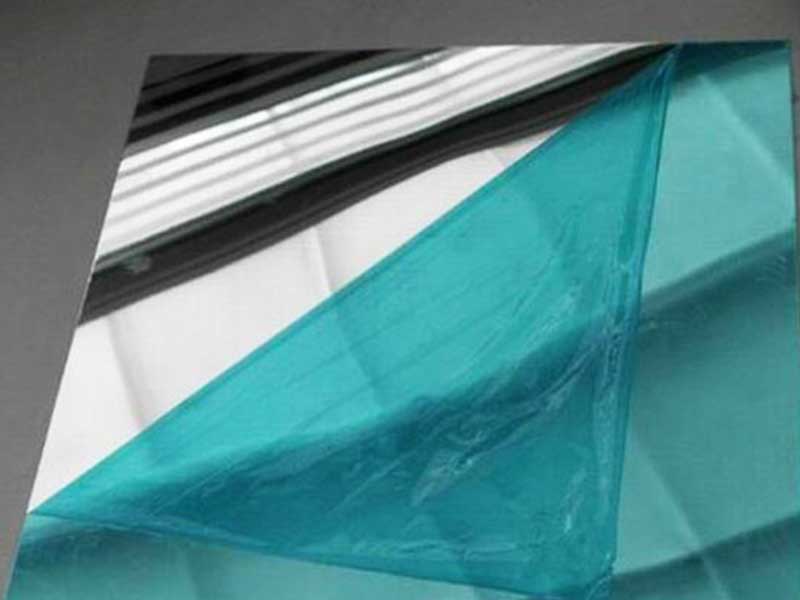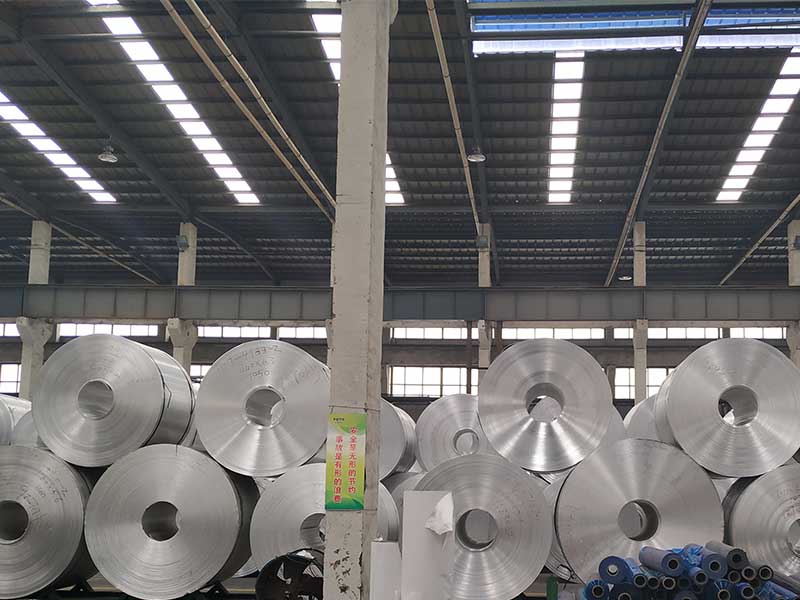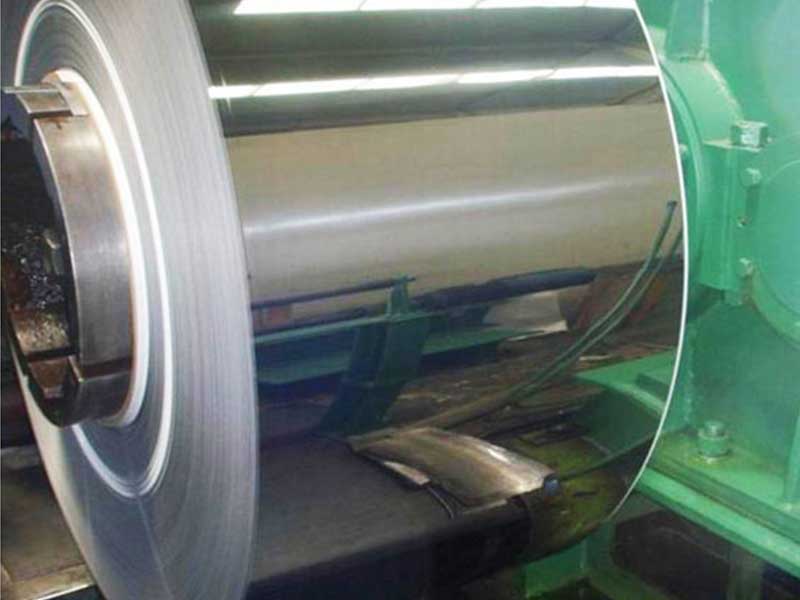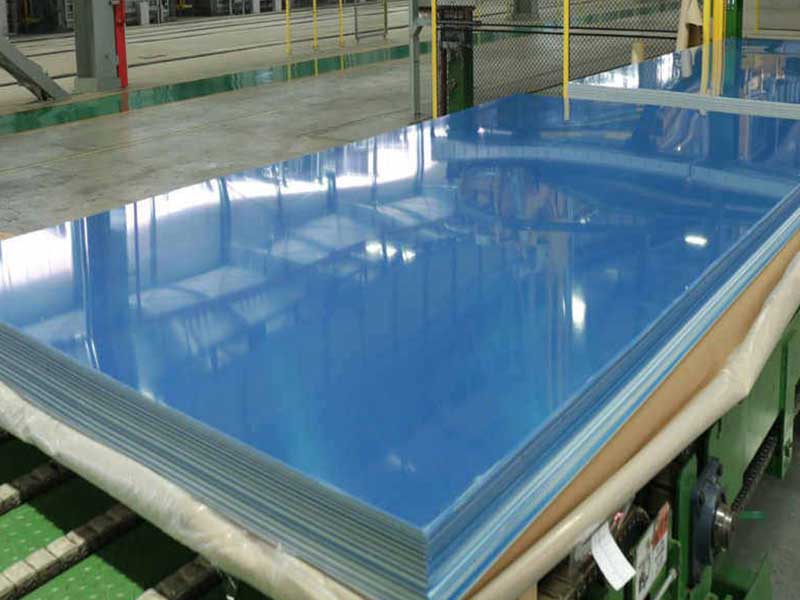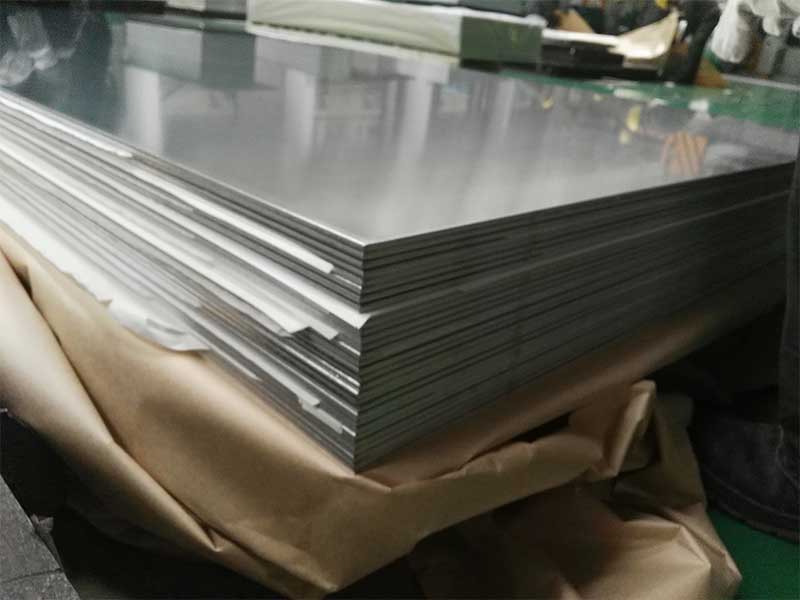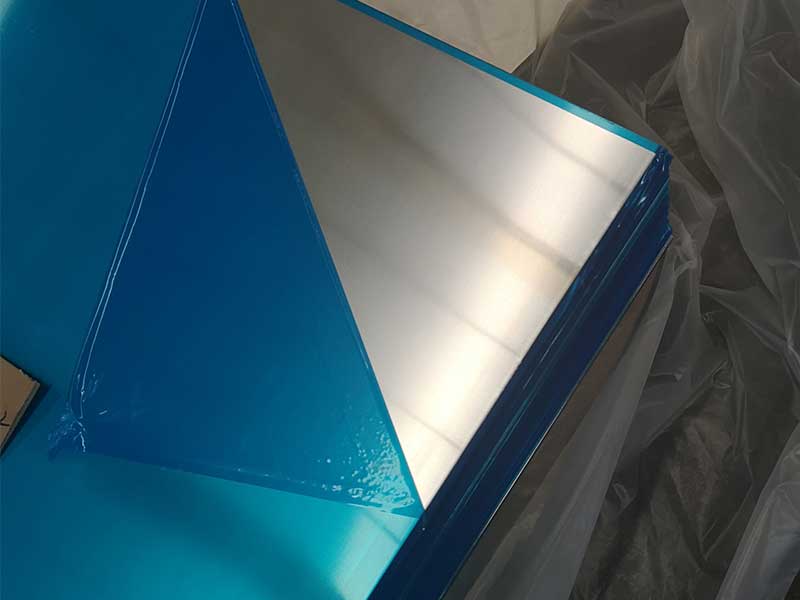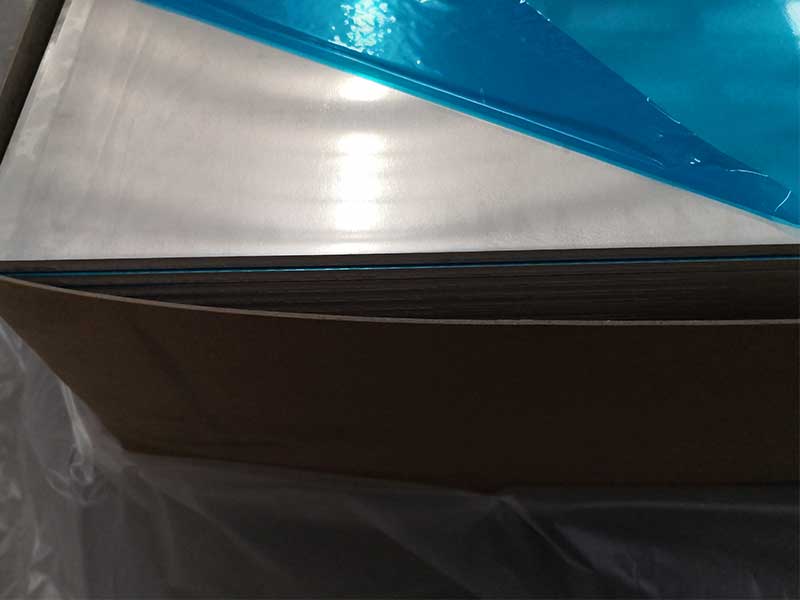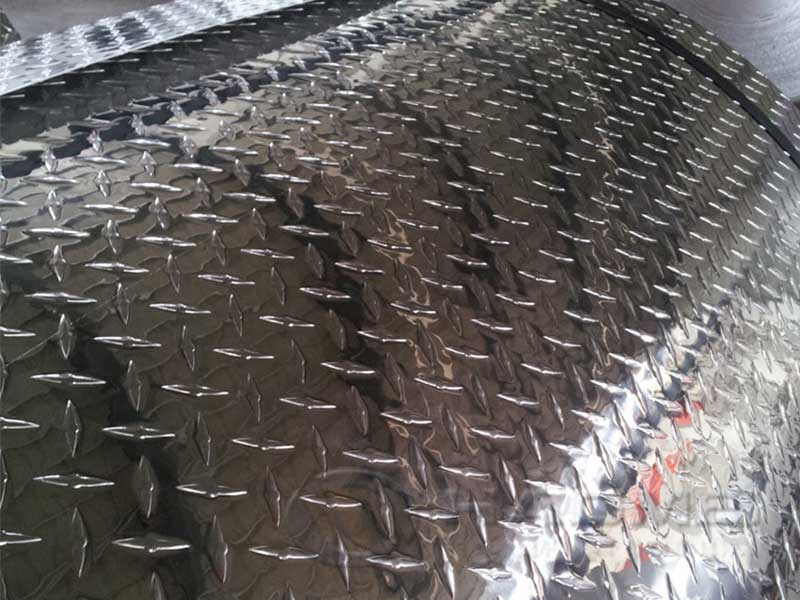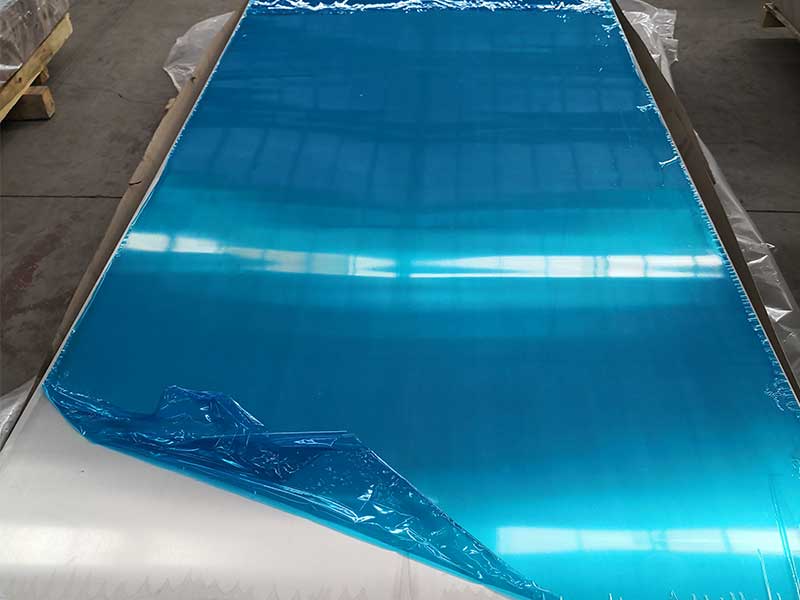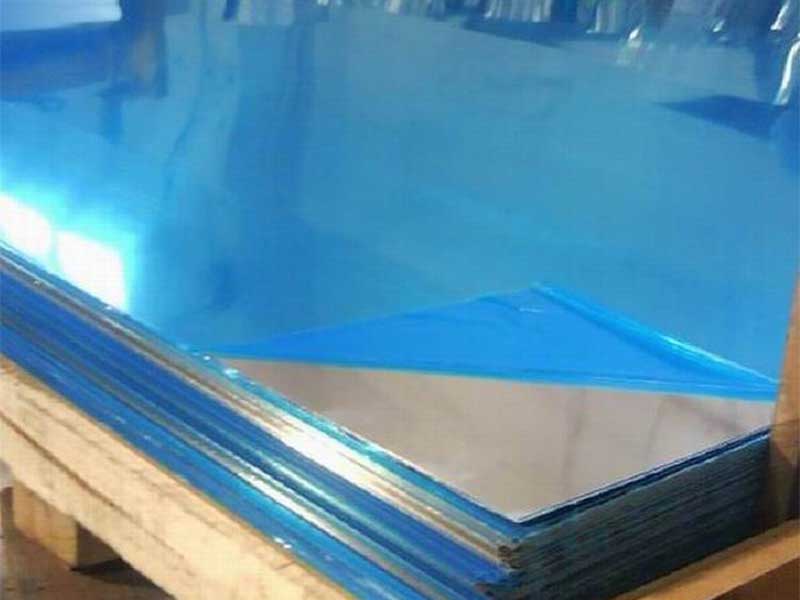2025-05-19 https://www.aluminum-coils.com/a/aluminum-sheet-application-of-anodizing.html
Aluminum sheets are widely used across various industries due to their lightweight, corrosion resistance, and excellent mechanical properties. To further enhance these characteristics, anodizing is a popular surface treatment that significantly improves the performance, durability, and aesthetics of aluminum sheets.
What is Anodizing?
Anodizing is an electrochemical process that converts the metal surface of aluminum into a decorative, durable, corrosion-resistant oxide finish. This oxide layer is not a coating but hardens the aluminum surface itself, bonding tightly to the metal beneath. The thickness and properties of this layer can be precisely controlled during the anodizing process.
Features of Anodized Aluminum Sheets
| Feature | Description |
|---|---|
| Enhanced Corrosion Resistance | The anodic oxide layer provides excellent resistance to natural elements such as moisture and UV rays, preventing the sheet from oxidizing or rusting. |
| Increased Surface Hardness | Anodized aluminum has a considerably harder surface—it can be 3 to 5 times harder than untreated aluminum—making it scratch-resistant and wear-resistant. |
| Improved Aesthetic Appeal | Anodizing allows for a variety of attractive finishes and pigmentation (coloring), ranging from natural silver to black, bronze, bronze, or bright color anodic layers. |
| Better Adhesion for Paint and Adhesives | The porous oxide surface improves the bonding of paints, adhesives, and sealants, enhancing the utility and versatility of treated aluminum sheets. |
| Environmentally Friendly | Anodizing is a low-impact process producing a non-toxic, stable oxide layer, fully recyclable at the product’s end life with no peeling or chipping. |
| Thermal Resistance | The anodic layer withstands elevated temperature conditions and is stable across a wide temperature range. |
Chemical Properties of Anodized Aluminum Sheet Surface Layer
| Parameter | Typical Value | Description |
|---|---|---|
| Oxide Layer Thickness | 5–25 microns (typical for anodizing) | Thickness varies based on anodizing process type and application needs. |
| Composition | Primarily Al₂O₃ (Aluminum oxide) | Transparent, chemically stable, corrosion resistant layer formed during anodization. |
| Porosity | Approximately 10–25% | Micro-porous structure allows coloring and enhances adhesion. |
| Hardness (Mohs scale) | 5–7 | Increased surface hardness compared to aluminum base (2.5–3). |
Typical Applications of Anodized Aluminum Sheets
Aluminum sheets with anodized surfaces are widely employed across various industries where a durable, corrosion-resistant, and visually enhanced metal is required.
1. Architecture & Building
- Application: Window frames, curtain walls, panels, roofing, subway and train interiors.
- Benefits: Corrosion resistance under environmental stress and longevity combined with an attractive finish.
2. Transportation (Automotive, Rail & Aerospace)
- Application: Automotive trim and decorative parts, aircraft cabin panels, airplane components.
- Benefits: Lightweight and excellent surface hardness combine to improve wear and aesthetic appeal.
3. Electronics & Consumer Goods
- Application: Laptop housings, smartphone rims, refrigerators, appliances, and audio equipment.
- Benefits: Precisely controlled microporous surface for high-quality anodic finishes infinite design and surface protection opportunities.
4. Industrial Equipment & Machinery
- Application: Fabrication of control panels, machinery guards, ladders, work surfaces.
- Benefits: High durability combined with corrosion and scratch resistance provides safety and long-term usage.
5. Signage & Display
- Application: Outdoor and indoor signs, billboards, display stands.
- Benefits: Resistant to fading and environmental wear, retaining the visual appeal.
6. Home Decoration & Furniture
- Application: Kitchen panels, cabinet doors, decorative trims.
- Benefits: Elegant appearance paired with robustness over continuous everyday use.

